Japan has a fascinating history spanning many years. Curious individuals who decide to explore the country’s rich history will find their interest amply rewarded, especially if they do so by exploring interactive media such as Like a Dragon: Ishin! As the most recent entry in the long-running Yakuza series (technically a remade port of a 2014 release on PS3 and PS4), Like a Dragon: Ishin! invites players on a journey through a period in Japan’s history that they won’t soon forget.
About 150 years ago, Japan looked very different from the country we know today. Like a Dragon: Ishin! celebrates the differences time has wrought, while creating the impression that relatively little of true importance has changed at all. Instead of the trucks and taxis we know today, there once were large sailing vessels and kagos. Gambling dens provided entertainment before modern arcades.
The developer blends the historical setting and familiar elements to make everything feel fresh again, even as it delivers the varied experience typical of the franchise. The result isn’t an unqualified success, however.
That Sakamoto Ryoma fellow looks kind of familiar…
In most previous Like a Dragon games, which came West as Yakuza titles, players stepped into the shoes of Kazuma Kiryu. Each new entry found the “Dragon of Dojima” navigating rocky relations between the Tojo Clan and its enemies. Sometimes he appeared in a leadership role (when serving as the clan’s fourth chairman), but often he was an outcast who might well be the only individual capable of righting egregious wrongs. He had a distinct look and strong moral fiber, as did many of his friends in contemporary Japan. Their few obvious flaws only made each of them more relatable.
Sakamoto Ryoma, the main character in Like a Dragon: Ishin!, is the spitting image of Kazuma Kiryu. He’s a larger-than-life individual, based on a real person the history books tell us died by assassination in 1867 (some 100 years ahead of Kiryu’s birth). Throughout the game, which takes place in the late 1860s, Ryoma interacts with several individuals who closely resemble other figures central to the Yakuza games fans know and love. It’s almost cute, like a game of dress-up, but with more blood.
While fulfilling their usual roles in a story filled with strong (but not always faithful) ties to real-world history, the familiar characters with different names talk and fight their way through scenarios where the stakes are frequently high. Expect all the twists, turns, betrayals, and startling revelations for which the series is known. With Ryoma to serve as their capable pen, the writers question the effects of a debilitating class system on its people.
Staying busy is hard work
The story begins as Ryoma arrives at his hometown, Tosa. He performs a few basic tasks on his way to a confrontation that ends poorly for everyone involved. The incident forces Ryoma’s relocation to the bustling city of Kyo, where he takes up residence in an inn along the docks and gets to know the city he now calls home.
The central plot in Like a Dragon: Ishin! moves at a good clip, typically veering from one action sequence to the next. The brisk pacing is admirable, but players would do well to wander from the beaten path. They’ll find dozens of side stories. Those optional scenarios introduce a colorful cast of characters ranging from a fisherman who has plied his tried for years without catching anything, to a boy with an insatiable craving for vegetables. Some stories unfold swiftly. Others feel more tedious, sometimes requiring you to run all around the city on errands. Early in the campaign, it feels like there’s some new distraction every few steps, though much of the optional content flows at a trickle.
Besides spending his time meeting new characters with rich histories, Ryoma befriends shopkeepers and restaurant owners, and makes himself busy. He drops by a gambling den to play games of chance, bets on chicken races, helps NPCs with chores, and more. Early in the campaign, Ryoma also acquires a house that serves as a hub for a “Second Life.” He plants, harvests, and sells vegetables, besides cooking various dishes and cultivating a relationship with stray animals and a young woman. Once such side content becomes available, you can ignore it. However, those time-killers substantially reward players who engage with them most eagerly. You might easily find yourself immersed for hours at a time without even advancing the plot, and you might not even care. This is very much a Yakuza game.
Easy there, fella!
For players who relish difficulty, the unfortunate effect of so much rewarding side content is that the game grows easier as it progresses. Some of the early fights prove the most challenging, as a relatively weak Ryoma faces off against imposing swordsmen. However, he gains levels quickly. The Spirit Orbs he receives soon allow him to stab, shoot, and punch his way through even formidable foes and enemy mobs with ease, with the press of a button allowing him to effortlessly change attack styles mid-combat and respond to changing circumstances. On the lower difficulty settings, a lot of adversaries simply don’t know what to do with themselves once they’ve been backed into a corner.
As the plot unfolds, Ryoma also gains access to an expandable squad of soldiers. These allies offer various boosts. For instance, one unit might enhance offensive capabilities while a particular fighting discipline is in use. Some units passively restore health, and some weapons Ryoma can find or forge produce a similar effect. By the game’s conclusion, I didn’t even need to touch my healing items. Mostly, the campaign is only as challenging as you let it. Ryoma can eventually sleepwalk through virtually any encounter, which works against tension the plot sequences establish.
Any port in a storm
Given the advancing years of the original release, Like a Dragon: Ishin! met and often exceeded my expectations. Rebuilt using Unreal Engine 4, the game refines an experience originally crafted with much older hardware in mind. The results feel uneven, however.
The most persistent issue is that Kyo’s layout feels claustrophobic. A couple of wider streets run a good distance, with various shops along either side to establish bustling market squares. The rest of the city too often is a series of tight alleyways. Bandits lurk around every other bend in any road, and walls section off the various neighborhoods so they resemble a maze. This approach gets the job done, but it prevents the city from coming to life the way cities do in more recent games from the developer.
That’s not to say there are no moments of beauty. Lanterns hang from wires and sway in the breeze. Foliage is lush and leaves fall from distant trees. Residents sit on balconies, chatting or folding laundry. The attention to detail is frequently impressive. Just don’t look too closely, or you’ll spot cracks in the veneer. In a crowded marketplace, a woman running errands might suddenly sway back and forth, like a tree caught in a tropical storm. She might disappear into the ground, or float, or flicker out of sight. In cutscenes, animations may stutter. A character might lean against another, with gaps plainly visible where none should exist.
Narrative sequences often seek to capture the emotions involved as characters exchange words. This approach mostly works to the game’s benefit. Facial animations are remarkably expressive, with furrowed brows, tears, quivering lips, and more. Watching the life leave a character’s eyes is a disturbing reminder of how far the medium has come since the days when slaughtered foes flashed and disappeared in puffs of smoke. However, the textures on hands and arms, even chests and necks, are unconvincing. Most characters look like they dressed up in Ken doll bodysuits. It all enters “Uncanny Valley” territory, with a visual design that is neither perfectly realistic nor effortlessly artistic.
On PC, Like a Dragon: Ishin runs well much of the time. The framerate typically remains at a solid 90-120 fps for us, with only infrequent and minor dips. Combat is the primary exception to that rule. Hitches are fairly common during brawls, despite the lack of truly impressive textures or lighting on display. With a good setup, you should be able to play through the game with textures, geometry, and shadow all on high settings and still enjoy an impressively fluid experience, provided there aren’t a lot of enemies on the screen. If the developer follows up with good patches, that could also improve in the future.
Expectation meets reality
When the time came to bring Like a Dragon: Ishin! to current platforms, Sega and Ryu Ga Gotoku Studio could have settled for a standard remaster. The team took that approach with the remastered versions of Yakuza 3, 4, and 5. Most people didn’t complain. However, this remade port aimed higher and now players get to benefit from that ambition, as far as it went.
Like a Dragon: Ishin! isn’t a modern masterpiece, but it comes close enough during its best moments. When one considers its age, that’s an impressive feat. Unfortunately, an assortment of minor glitches, performance issues, and inconsistent visuals didn’t get ironed out ahead of release, plus the lingering effects of some outdated design are hard to ignore. The result is a strong Yakuza game, one that’s certain to provide hours of enjoyment for series fans who can look past the blemishes. But it leaves a person to wonder if perhaps Sakamoto Ryoma and players alike didn’t both deserve the slightest bit more.

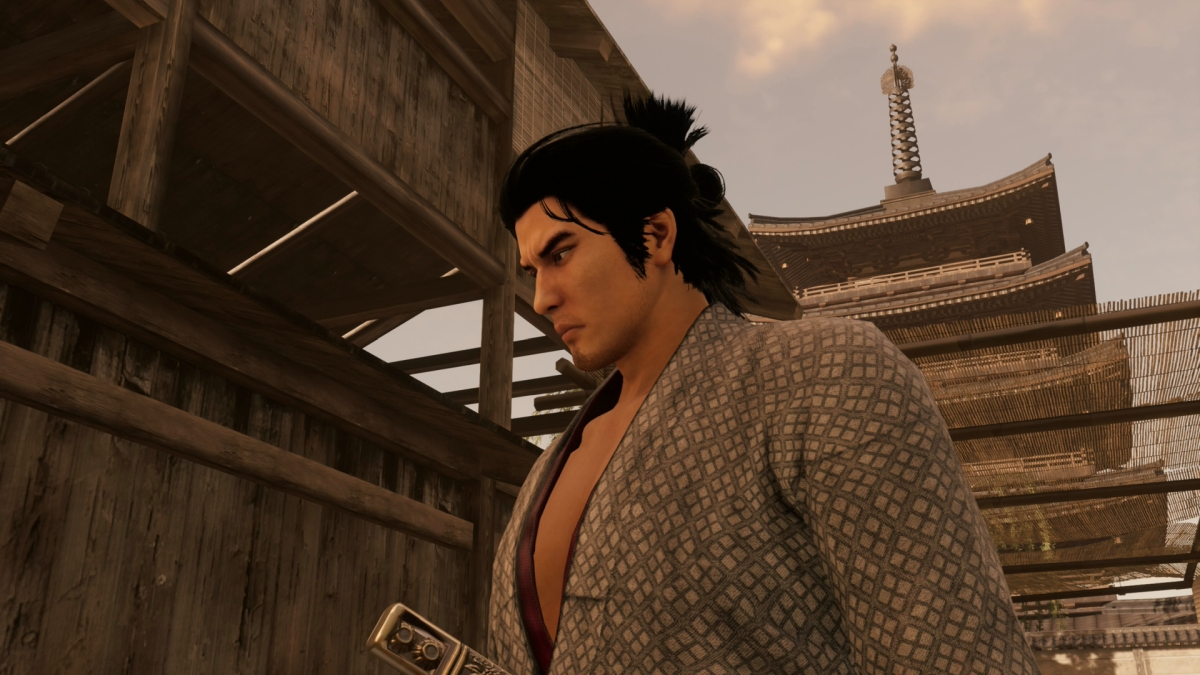
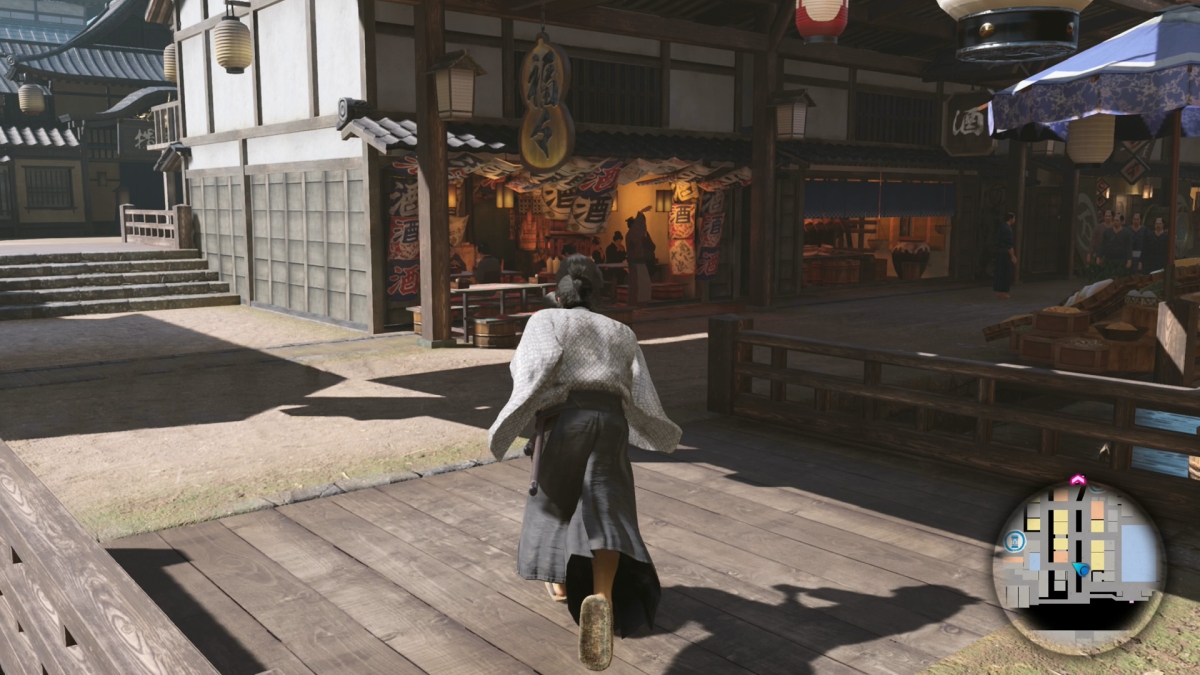
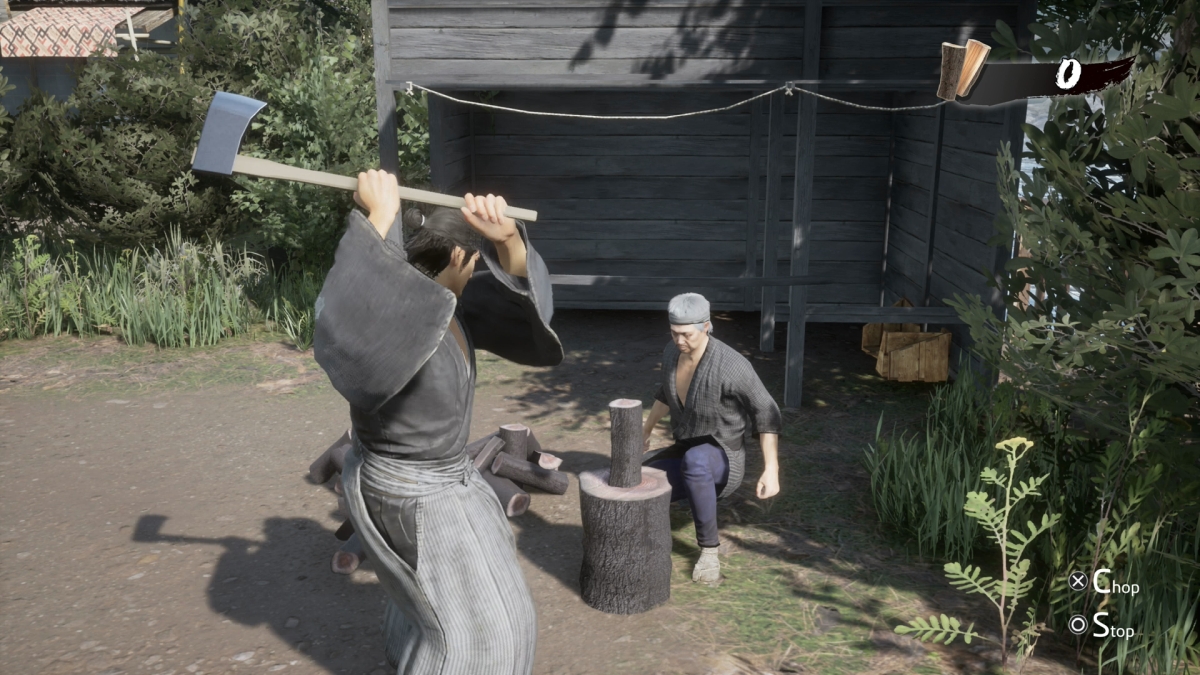
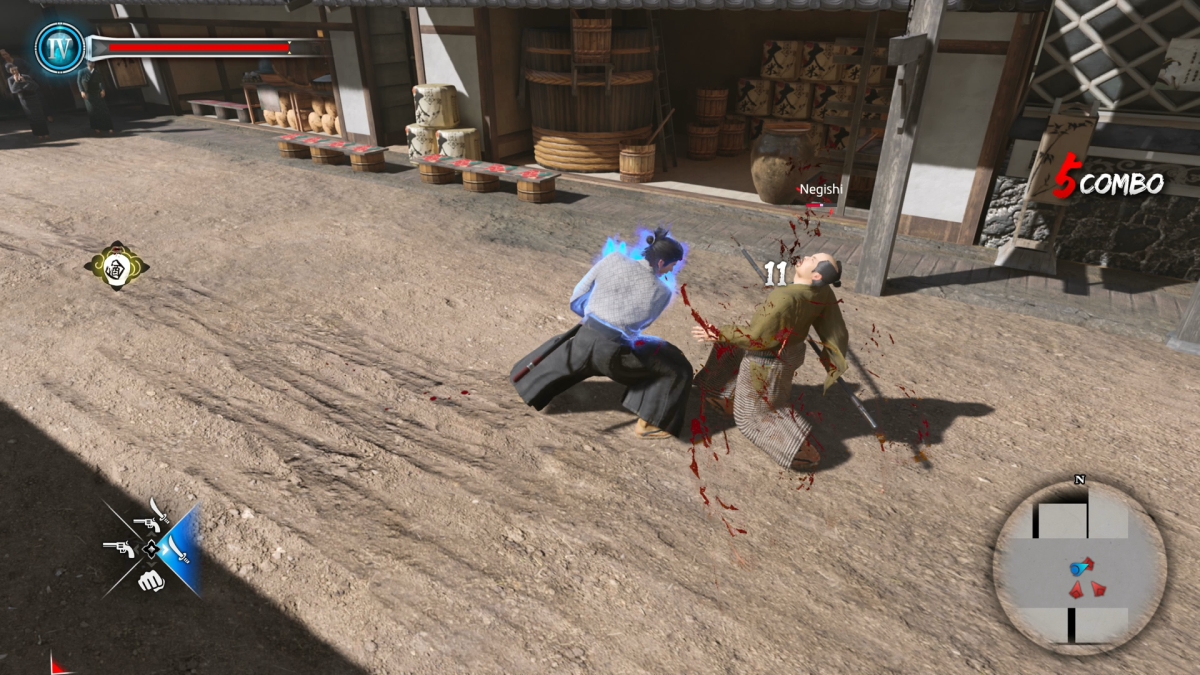
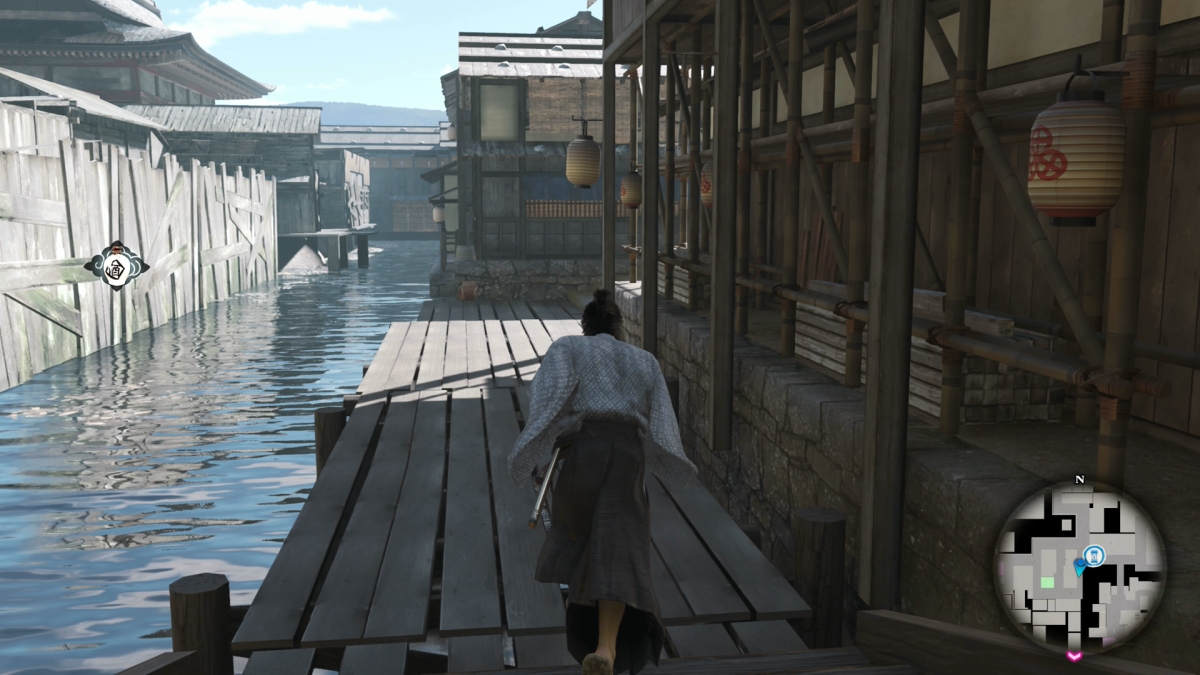
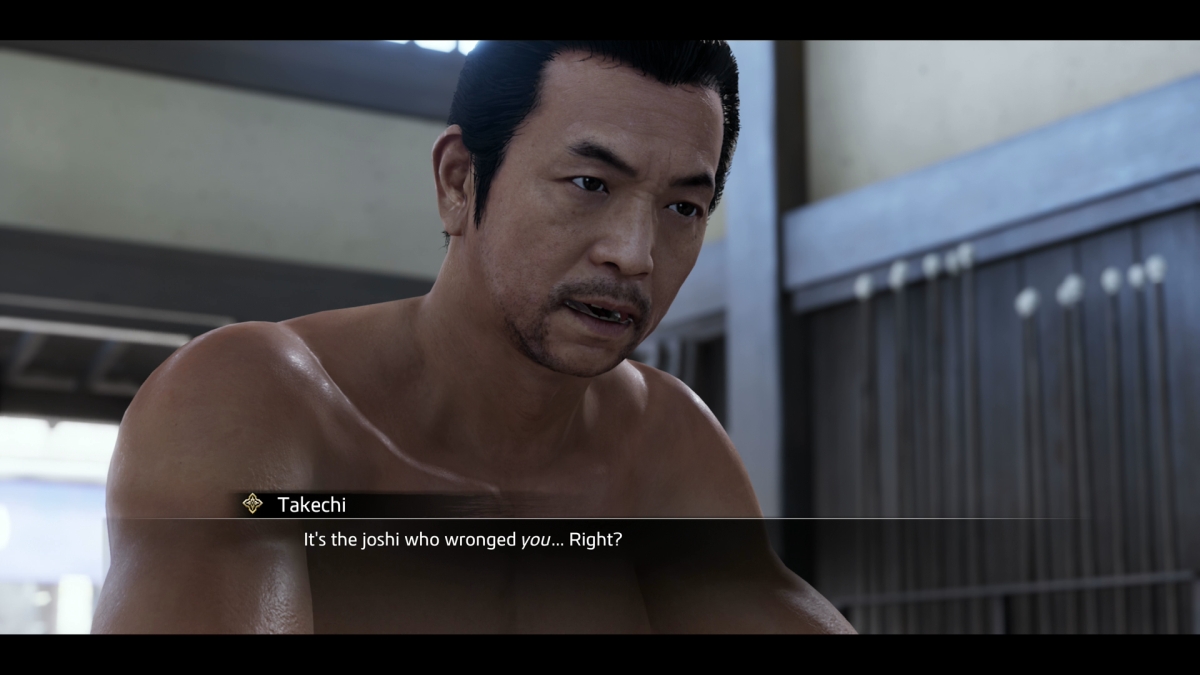
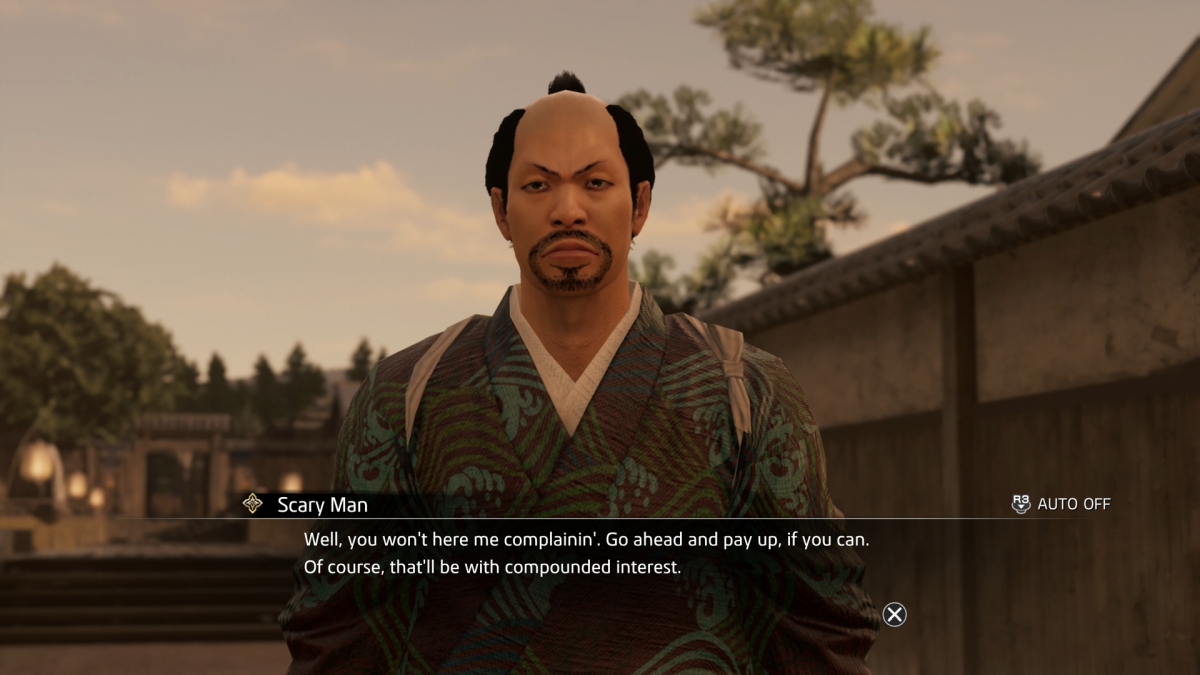






Published: Feb 17, 2023 10:00 am